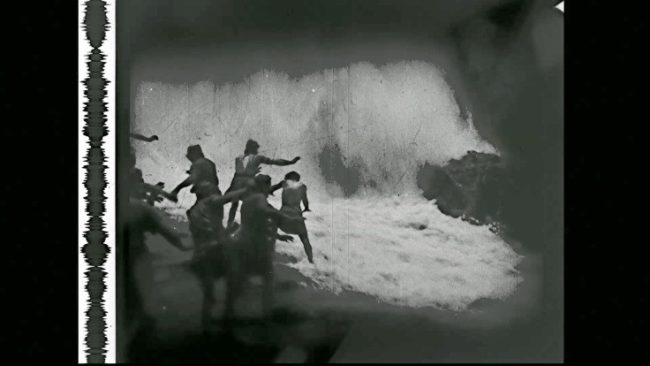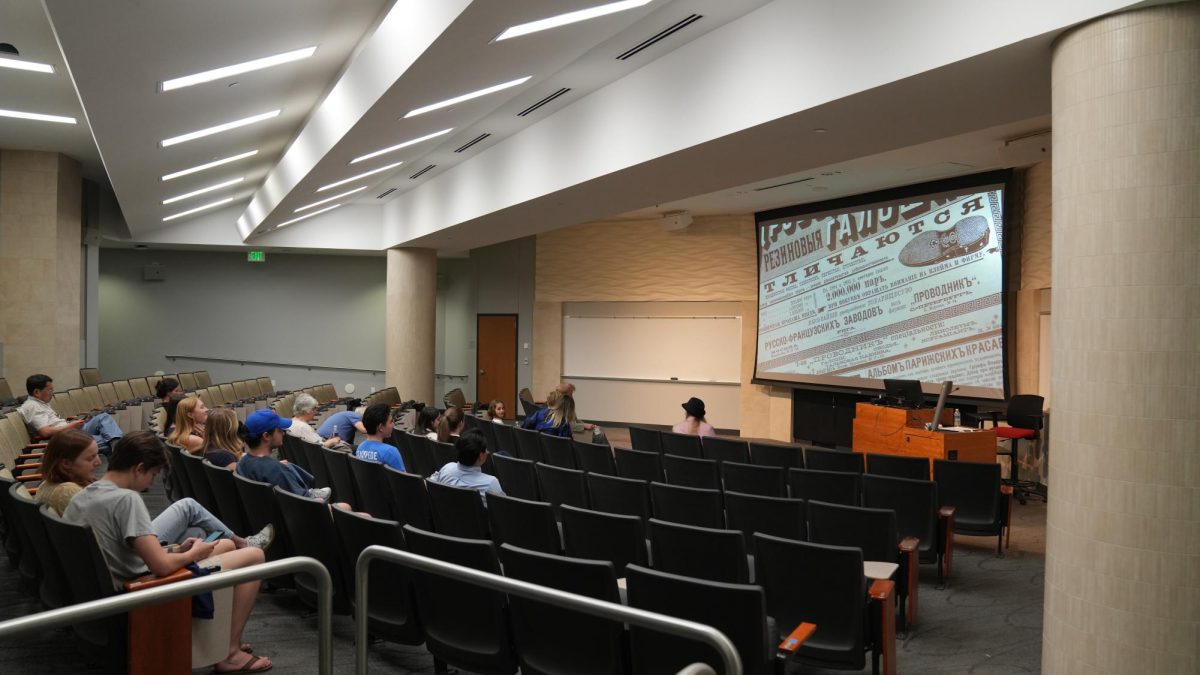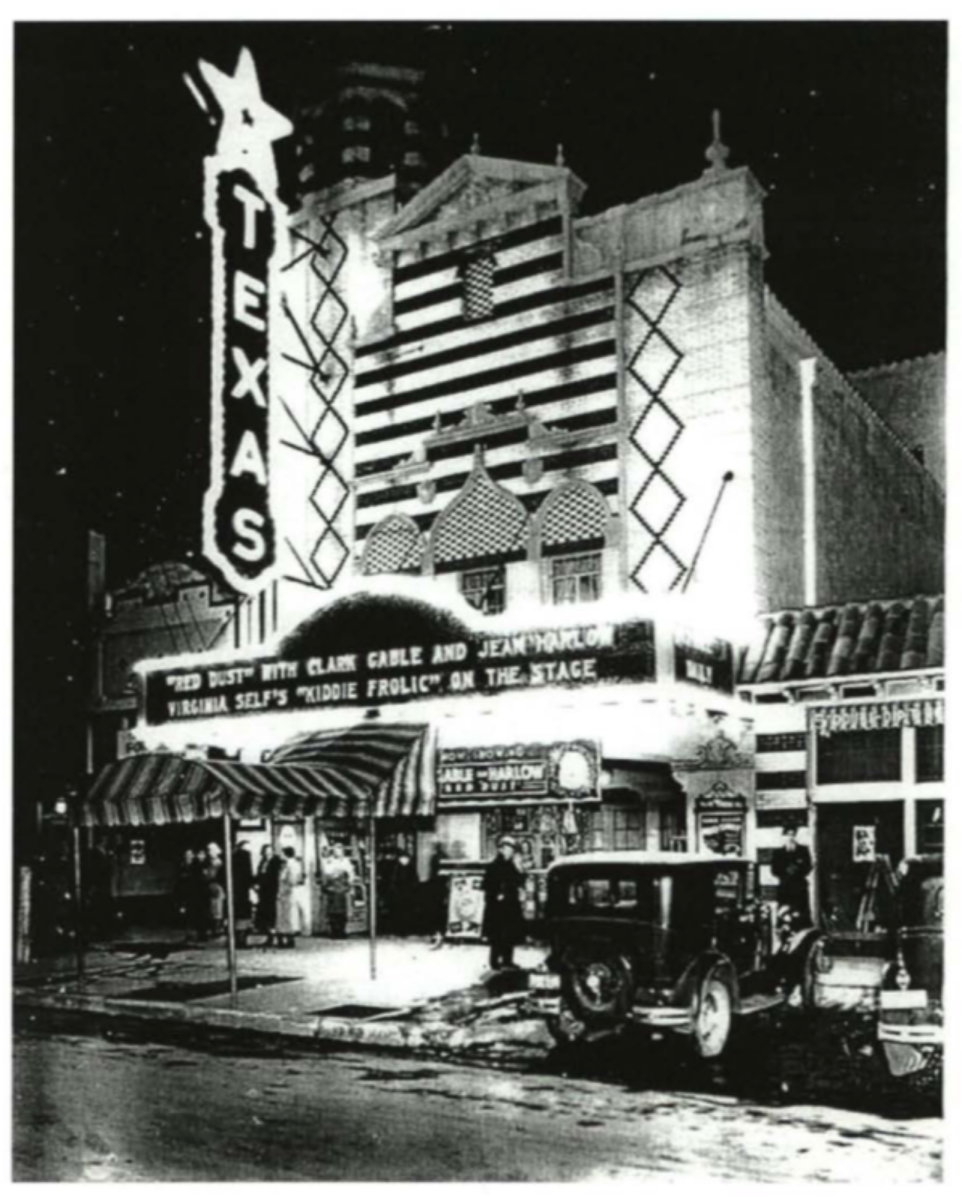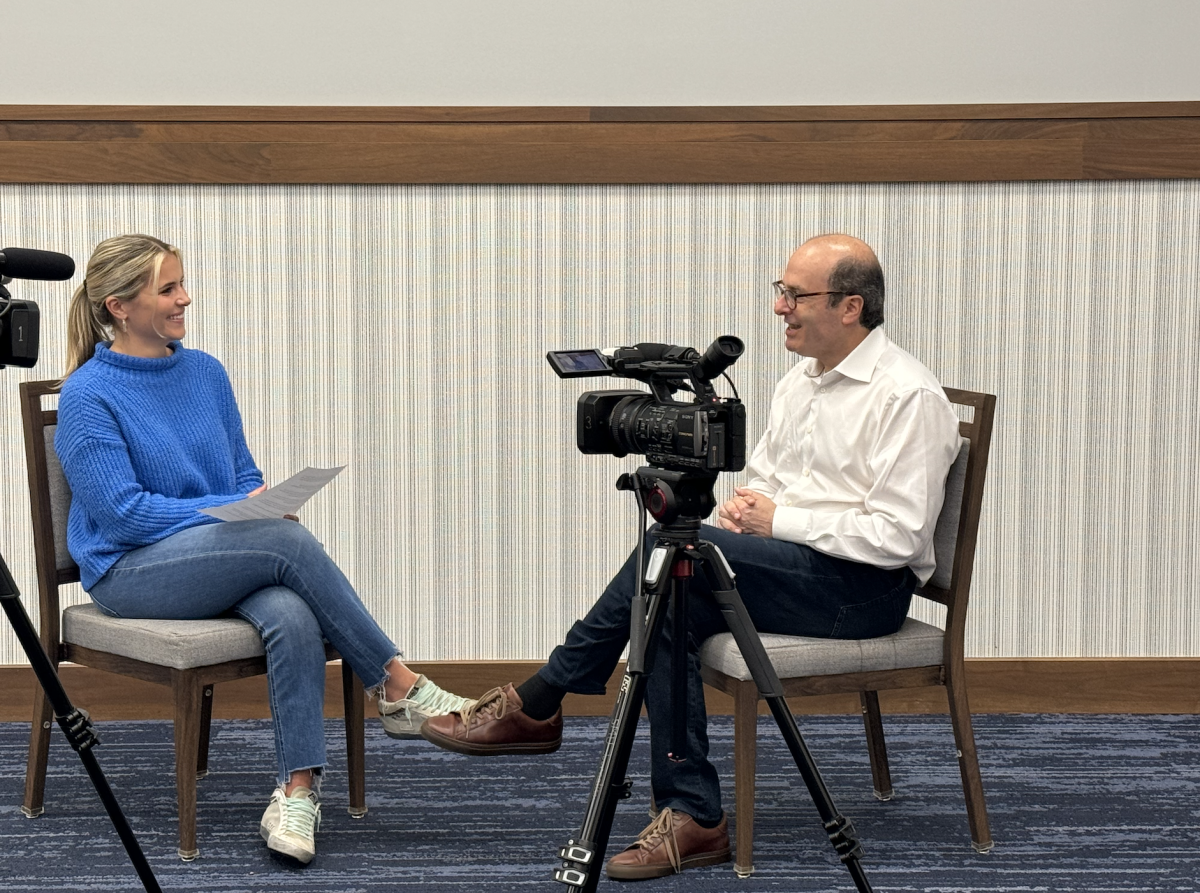Filmmaker Mike Morris’ film exhibition ARK will have its opening reception today at 5 p.m. in the Hawn Gallery in the Hamon Arts Library.
Last spring, the Hawn Gallery and William G. Jones film collection planned to create an exhibition to highlight the Jones film collection. Mike Morris had worked with the Jones film collection before: he’d accessed WFAA TV film to be screened as a part of KERA’s Frame of Mind.
At the end of spring semester, Jeremy Spracklen, the Moving Image Curator, and Scott Martin, the Moving Image Curatorial Assistant, commissioned Morris to make this exhibition.
What resulted was the film exhibition, ARK.
When Morris looked through the collection to see what he could make an exhibition out of, two films stood out. One was a 1928 film called “Noah’s Ark.” The other was “Film Preservation, a compilation film by the UCLA film archives. “Film Preservation” was created to raise money to save decaying films.
“‘Noah’s Ark’ because the Ark seemed to me an apt metaphor for the function of an archive: a vessel that saves the physical elements of cinema culture from being lost while also using those saved films to repopulate the world with images from the past,” Morris said. “And ‘Film Preservation’ to help point to what has already been lost and what might be saved.”
There were also major technical constraints for the project: it had to be of a certain length–35mm–and it needed to be ready by fall semester.
Morris spent his summer in the dark room making contact prints. He worked between four to twelve hours a day almost every day until a week or two before the exhibition opened. When he wasn’t cloistered in the dark room, Morris was at a Visual Studies Workshop residency program in Rochester, New York.
Morris originally started in film 15 years ago to make narrative features inspired by European Art Cinema. He eventually encountered experimental films by Maya Deren and Kenneth Anger.
“Seeing their work that was so much more personal and poetic than the kinds of films I’d seen up to that point totally changed my path and I sought out everything I could find about experimental film,” Morris said.
Deren’s and Anger’s films were difficult to see because they were primarily on film in bigger cities like New York, Chicago, and Los Angeles. Morris considers himself lucky to have found VHS versions of the films. Within a few years, Morris was able to move to Chicago to study experimental film making. At Chicago, he was introduced to video art and new media art.
“It was a very energizing place to be,” Morris said.
Morris started studying film when digital video was becoming the standard in film production, but before HD became accessible. He made films using 16 mm and Super 8.
“As computers started to become the standard tool for just about everything and so much of my time was spent in front of a laptop, I really valued the ability to shut the computer down and work in a tactile way with moving images,” Morris said.
Because people were shooting and projecting film less and less, Morris found it important to explore the implications of this change to digital and what might be lost.
“That’s been part of the foundation of my art practice ever since,” Morris said.
ARK was an inevitable production given Morris’ film foundation. Morris believes viewers will enjoy the way 35 mm ARK was installed.
“Even when 35mm film was the standard format for projection in theaters, the projector and the film were both hidden in the projection booth and the viewer was only meant to see the screen, as though the movie magically appeared there,” Morris said.
Part of the spectacle and novelty of ARK is its technology, not just what’s being shown on the screen.
Brad Miller from Film Tech Systems, as well as Spracklen and Martin from the Jones’ film collection, set up the projection in the Hawn Gallery. They set up for weeks even before Morris returned from Rochester.
“I’ve installed some 16mm loopers in galleries before and the technology is extremely finicky, but they did masterful work,” Morris said.
The Hawn Gallery Opening Reception for ARK will take place today at 5 p.m. within the Hamon Arts Library. The reception is a free event open to the public.















